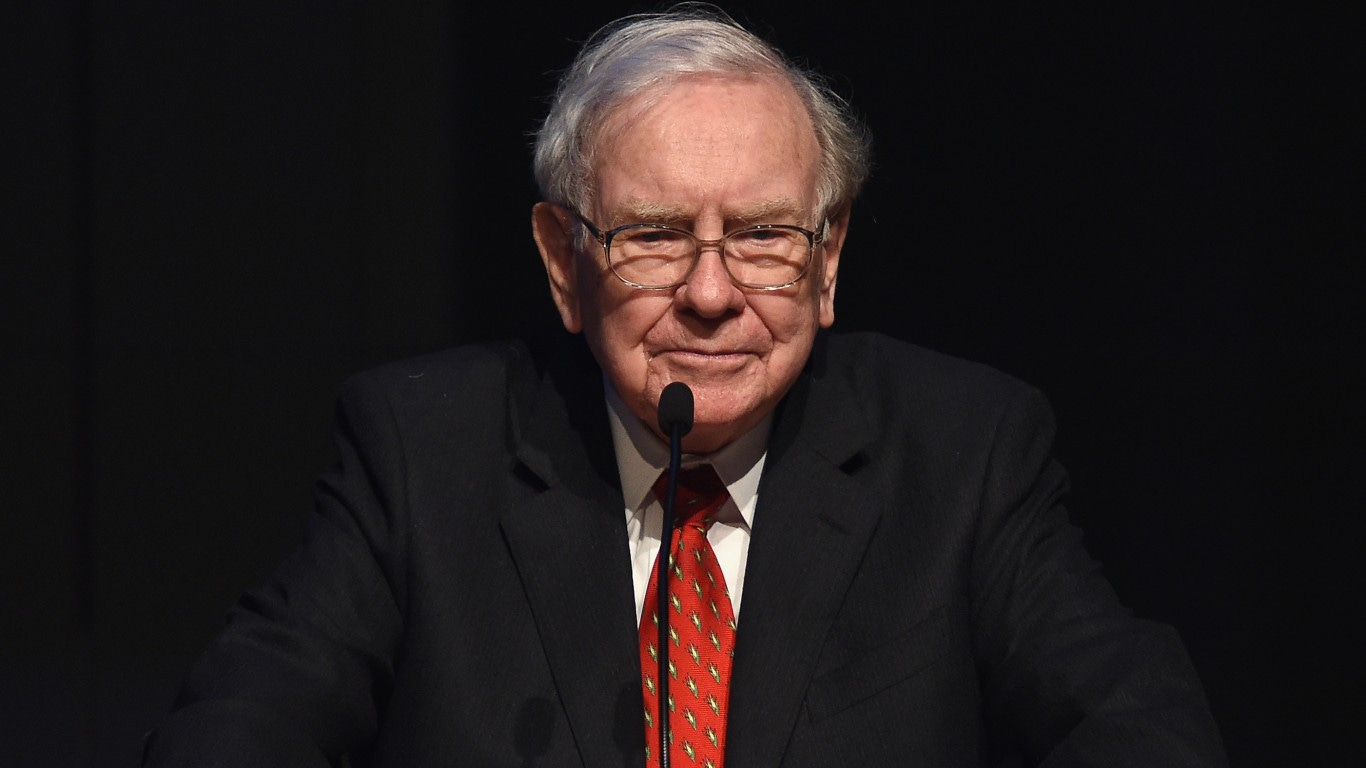Growth vs. Value: A False Dichotomy
Why investors should stop picking sides and start thinking like business owners...
Hi, Investor 👋
I’m Jimmy, and welcome to another edition of our newsletter. This week, we’re setting aside market noise to revisit a timeless debate: growth vs. value.
It’s a question that’s divided Wall Street for decades - but what if the debate itself is flawed? Today, we’ll unpack why Buffett thinks the whole conversation misses the point - and what that means for how you invest.
In case you missed it, here are some recent insights:
Subscribe now and never miss a single report:
I invest in MercadoLibre ($MELI), so…
I’m not a value investor?
There’s a long-running debate on Wall Street - one that’s been fueling strategies, portfolios, and entire careers for decades:
Are you a value investor or a growth investor?
Some swear by undervalued cash flows and low P/E multiples, while others chase innovation, disruption, and scalable growth.
Value stocks are often seen as stodgy, cash-rich businesses like banks or energy giants.
Growth stocks? Flashy tech names with explosive potential - and sometimes, eye-watering valuations.
But what if this whole dichotomy misses the point?
The Wisdom of Buffett:
Let’s begin with a quote that shatters the growth vs. value divide in one sentence.
Warren Buffett - often typecast as the patron saint of value investing - once said:
“Growth is always a component in the calculation of value.”
To Buffett, value and growth are not opposing forces.
Rather, they’re interdependent variables in the same equation: the intrinsic worth of a business.
The real investor, he argues, is not someone obsessed with categorizing companies, but with buying $1 of future cash flows for 50 cents today - whether those cash flows are stable or growing rapidly.
In fact, Buffett has gone even further, saying:
“In our opinion, the two approaches are joined at the hip... we think the very term ‘value investing’ is redundant. What is ‘investing’ if it is not the act of seeking value at least sufficient to justify the amount paid?”
(The Essays of Warren Buffett: Lessons for Corporate America, 1998, p.85)
And earlier, reflecting on how the market tends to misclassify investments, he added:
“Such characteristics [like low P/E, high dividend yield], even if they appear in combination, are far from determinative... Opposite characteristics... are in no way inconsistent with a ‘value’ purchase.”
(The Essays of Warren Buffett: Lessons for Corporate America, 1998, p.85)
In short, value isn't a style - it's a mindset.
Found this content valuable? Share it with your network! Help others discover these insights by sharing the newsletter. Your support makes all the difference!
Labels That Limit Thinking:
Imagine two investors:
Sarah buys a mature manufacturing firm trading at 8x earnings, yielding steady dividends.
Jack buys a SaaS company growing 35% annually, with no profits yet but expanding margins.
Sarah is branded a “value” investor. Jack, a “growth” guy.
But what if Jack’s SaaS pick has a long runway, recurring revenue, and expanding market share - making it undervalued based on future cash flows?
And what if Sarah’s stock is cheap for a reason - poor capital allocation, no reinvestment opportunities, and declining demand?
Who’s actually buying value?
This illustrates the problem: when we label investment styles too rigidly, we risk mistaking price tags for insight.
We chase what's cheap or what's trending, forgetting to ask: What is this business actually worth?
Where the Divide Came From:
The value/growth framework became popular in the 1990s and early 2000s, especially with the rise of factor investing. Academic models - like the famous Fama-French three-factor model - split market returns into components: value, size, and market risk.
It made sense for index funds, style-based ETFs, and quants. But somewhere along the way, the nuance got lost. Investors began equating “value” with low multiples, and “growth” with high revenue and no profits.
That prompted Buffett to call out the investment industry’s habit of oversimplifying the discussion:
“Market commentators and investment managers who glibly refer to growth and value styles as contrasting approaches to investment are displaying their ignorance, not their sophistication.”
(The Economist, February 2, 2013)
Enjoying the content? Encourage me to keep creating more like this. Buy me a coffee!
Intrinsic Value Is Style-Agnostic:
Let’s zoom in on one concept: intrinsic value.
Intrinsic value is the present value of all future cash flows a business will generate, discounted back to today.
It’s not about current earnings or past performance - it’s about forward-looking judgment.
When you apply that lens:
A fast-growing tech company with improving margins might be undervalued, even if it trades at 30x revenue.
A cyclical industrial firm might be overvalued, even if its P/E is 6.
That’s why growth investing can be value investing, when done with discipline and proper valuation frameworks (this idea is at the core of GARP - Growth at a Reasonable Price - a philosophy popularized by Peter Lynch and still relevant today).
The Real Job of an Investor:
Howard Marks of Oaktree Capital once said that investors should avoid “first-level thinking” - i.e., “this stock is cheap, therefore it's good.”
Instead, aim for second-level thinking: “It’s cheap, but is it cheap for a reason?”
Investing is not a style war.
It’s the business of buying future cash flows.
When we forget that, we fall prey to fads and headlines. We chase “value rallies” or “AI momentum” instead of analyzing fundamentals.
The best investors - Buffett, Munger, Lynch, Klarman - all had different flavors, but shared one thing: they thought like owners, not traders.
Found this content valuable? Share it with your network! Help others discover these insights by sharing the newsletter. Your support makes all the difference!
A Better Question:
Instead of asking “Am I a growth or value investor?”, ask:
“Would I buy the whole business at this price, knowing what I know?”
That forces you to:
Understand the company.
Think in decades, not quarters.
Ignore noise and focus on fundamentals.
Labels may be convenient for ETFs or backtests. But in the real world, they’re a distraction.
Conclusion: Break the Box!!!
The growth vs. value debate is useful for framing market narratives, but misleading as an investment compass. The truth is messier, more nuanced - and far more exciting.
The investor’s job isn’t to pick a camp. It’s to think clearly, act rationally, and allocate capital where the long-term odds are in their favor.
And when you do that consistently, whether it’s in software or steel, one label always fits: smart investing.
Leave a comment, share your thoughts, or give it a like - your feedback helps shape future editions. And don’t forget to subscribe!
Until next time,
Jimmy
Disclaimer
As a reader of Jimmy’s Journal, you agree with our disclaimer. You can read the full disclaimer here.







Charlie Munger: "All intelligent investing is value investing, acquiring more than you are paying for. You must value the business in order to value the stock.”
I believe diving into business and properly understanding perspective of management is key, if you understand well and align with your thesis than get in. Or ignore it.